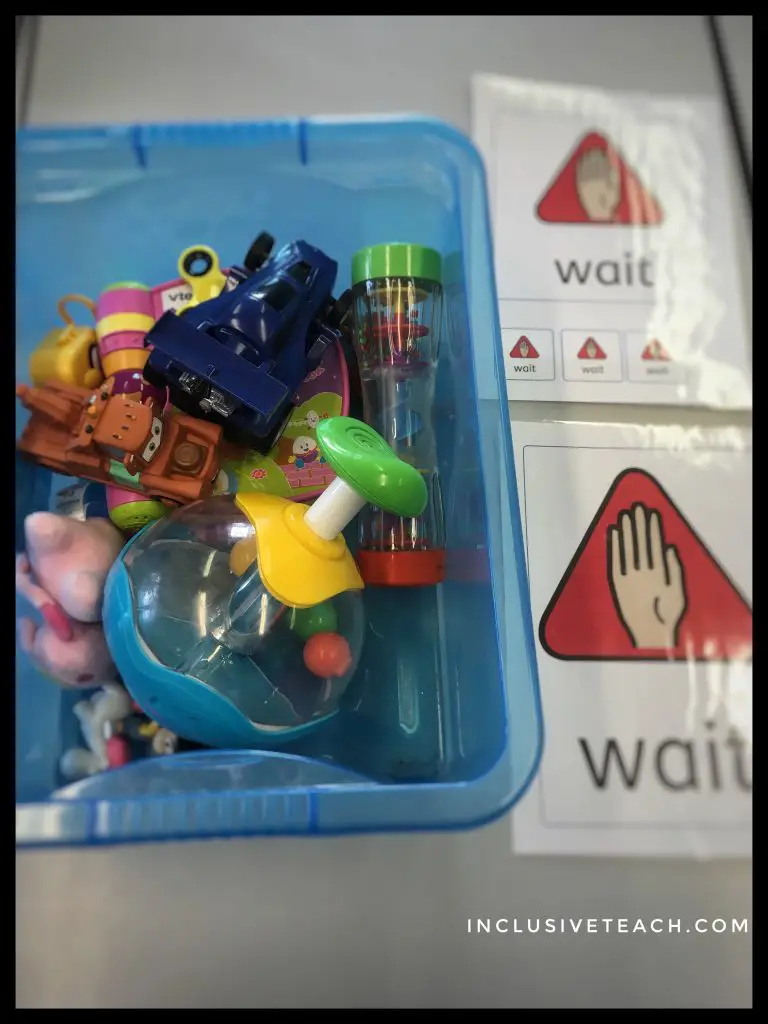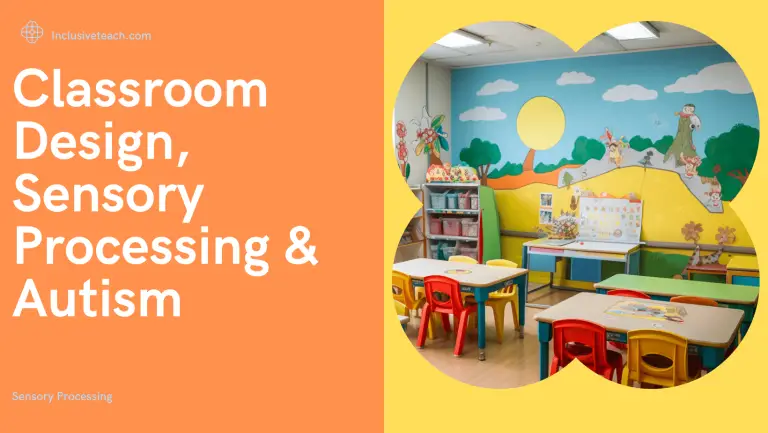How To Teach Children To Wait
Waiting: Strategies for use at home & school
Waiting can be a challenge for many children. As a teacher and a parent, I have had to find ways to teach children to wait for a whole range of things. Throughout the day in the SEN classroom, there are natural lulls in planned activity. This may be due to staff breaks, the logistics of managing resources in the classroom, and switching attention between children and transition. Teaching a child to wait have many advantages and will be a skill that the child will need to draw on throughout their life. Waiting is a social skill that it is too easy to presume a child will be able to do. I have always taught autistic children and the teaching of waiting was an integral part of our daily routine.
What is waiting?

Teaching children to wait needs adults to carefully plan why that child is waiting and design appropriate resources to support them. Identify the times in the day that they may need to pause before moving on. Technically waiting means remaining inactive until an expected event occurs. This isn’t really the case in schools. I have never managed to keep a class or my own children inactive. There are two usual reasons for a child to be waiting. The transition between activities/tasks and delayed gratification. Both of these have different purposes but have a commonality in required skills. To wait successfully, in either case, requires the following areas of awareness:
- Expectation
- Trust
- Time
- Patience
- Anticipation
- Purpose
Teaching children to wait: The Wait Box
For the following strategies to be successful the expectation within that environment needs to be one of patience and waiting. When behaviours linked to impatience are displayed it is essential that the adult response is planned to enhance the teachable moment. For example, if a request is made the adult could shape the interaction by explaining when the item can be had. This is where appropriate boundaries can be put in place. Sometimes a need can and should be met immediately, sometimes we can plan a delay to that need without causing distress. Teaching autistic children to wait requires us to have patience and does require us to have a plan. I have two favourite techniques to help support children to learn to wait, the first is using a visual sand timer, the second is the “Wait box”.
Creating a Wait Box

To create a wait box simply collect favoured items, motivators etc for each child. Put them in any container and only get them out when there is time to be filled. If the child has unlimited access to a wait box it will be ineffective. As you are using it to teach the skill of waiting reinforce that with a visual, verbal prompt “We are waiting for lunch”.
Modelling The Skill of Waiting.
As an adult demonstrating any skill we can model expectations of patience in our interactions throughout the day. When we make a request of the child we need to be careful not to harangue the child into compliance (a tricky balance when living with procrastinators). Children will pick up on all of our behaviours. Every “Hurry up” and sign of impatience will be teaching them that waiting is bad. We are all human and often in a rush. School timetables are a cause of stress and often not conducive to teaching waiting.
10 Strategies for Teaching Children to wait
Explain why we are waiting
Use concrete representations of time
Model waiting
Involve the child with jobs
Cut back on technology
Reduce Anxiety
Have waiting resources
Use visuals
Honour promises
Slow down
We would love to hear your ideas for teaching children to wait. Please add these to the comments section!








One Comment